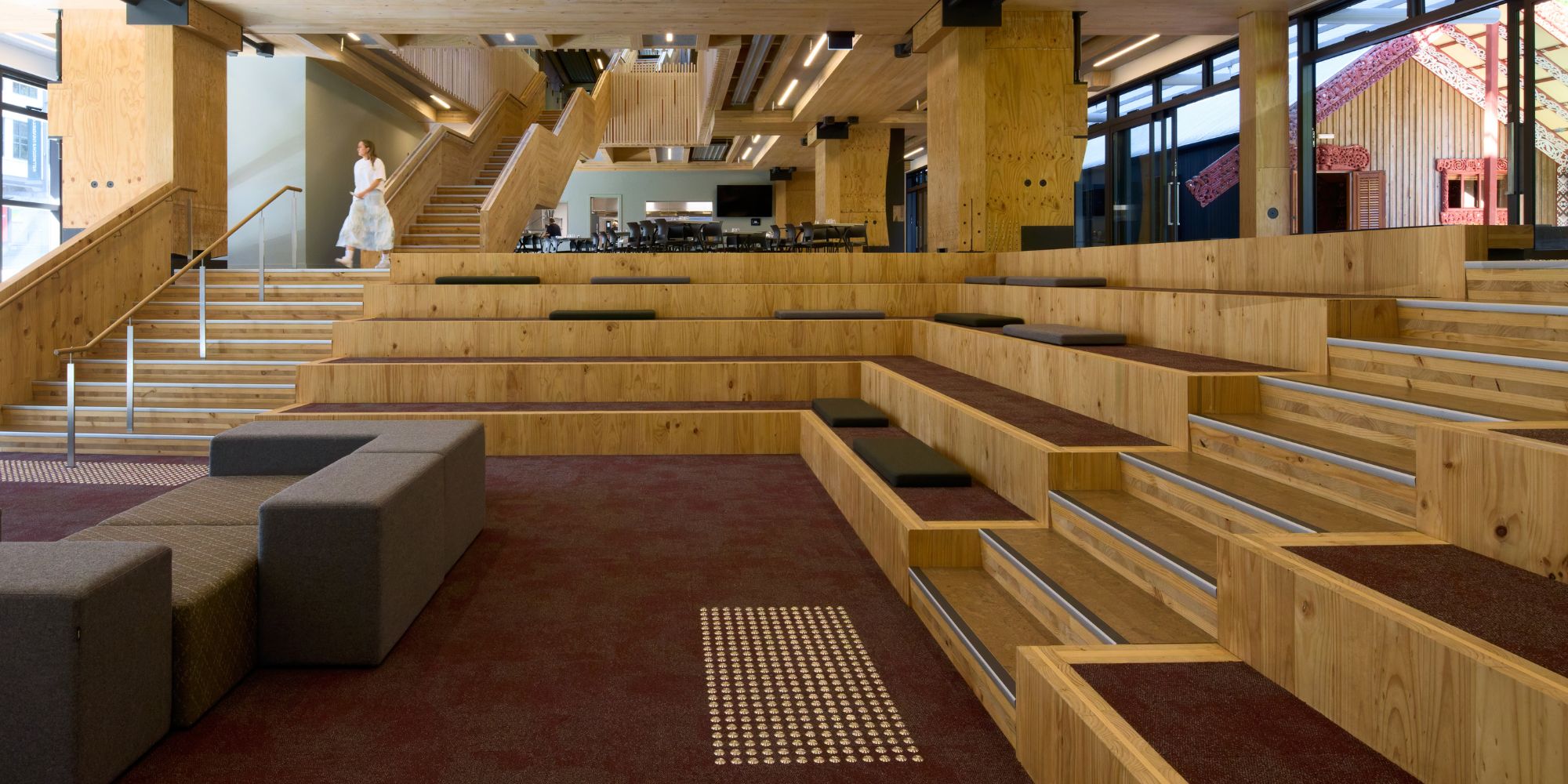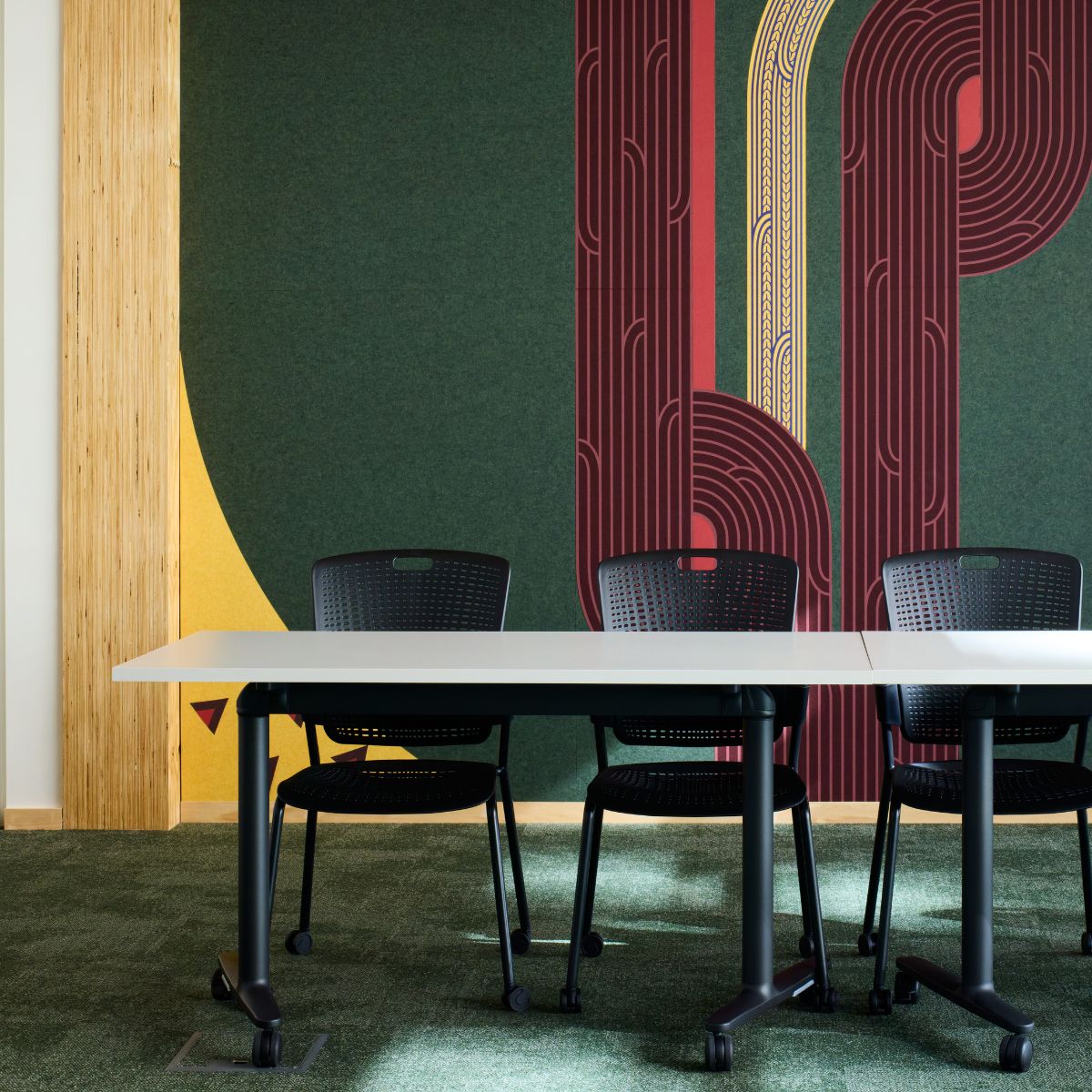

Living Building Challenge
What is the Living Building Challenge?
The Living Building Challenge is a philosophy, advocacy tool, and certification program defining today’s most advanced measure of sustainability in the built environment. It addresses all buildings at all scales and is an inclusive tool for transformative design. Whether the project is a single building, a renovation, an infrastructure project, or a park, the Living Building Challenge provides a framework for designing, constructing, and improving the symbiotic relationships between people and all aspects of the built and natural environments.
Living Buildings are:
- Regenerative buildings that connect occupants to light, air, food, nature, and community.
- Self-sufficient and remain within the resource limits of their site.
- Create a positive impact on the human and natural systems that interact with them.
Case Study
Ngā Mokopuna, Wellington
Ngā Mokopuna, the first Living Building in the capital, stands as a groundbreaking symbol of sustainable innovation, cultural integration, and community wellbeing.
Developed as part of Te Herenga Waka - Victoria University of Wellington's marae precinct, and sitting beside the ornately carved Te Tumu Herenga Waka meeting house, this remarkable project is a physical expression of mātauranga Māori and environmental Stewardship.
Designed by Tennent Brown Architects, Ngā Mokopuna brings together thoughtful architecture and leading-edge sustainable practices and materials to create a space that not only serves the present but looks after generations to come, tomorrow’s child. As a Living Building, it is one of hundreds globally striving to meet the rigorous standards of the Living Building Challenge®, an ambitious performance-based building certification approach which is broken down into seven considerations: place, water, energy, health and happiness, materials, equity, and beauty.
Ngā Mokopuna is more than just an architectural achievement, it’s a cultural and educational taonga. With photovoltaic panels producing 105% of its energy needs, an advanced rainwater harvesting and recycling system, and on-site treatment of all water discharge, the building is designed to give more than it takes. Native planting and systems to support local biodiversity, including bird and insect habitats, reinforce its connection to the whenua and natural ecosystems.
Ngā Mokopuna’s strong focus on sustainability and cultural connection aligns closely with Inzide’s mission to support healthier, more regenerative spaces through considered material choices and responsible design. The result is a space that not only serves its community today but also sets a benchmark for the future.
